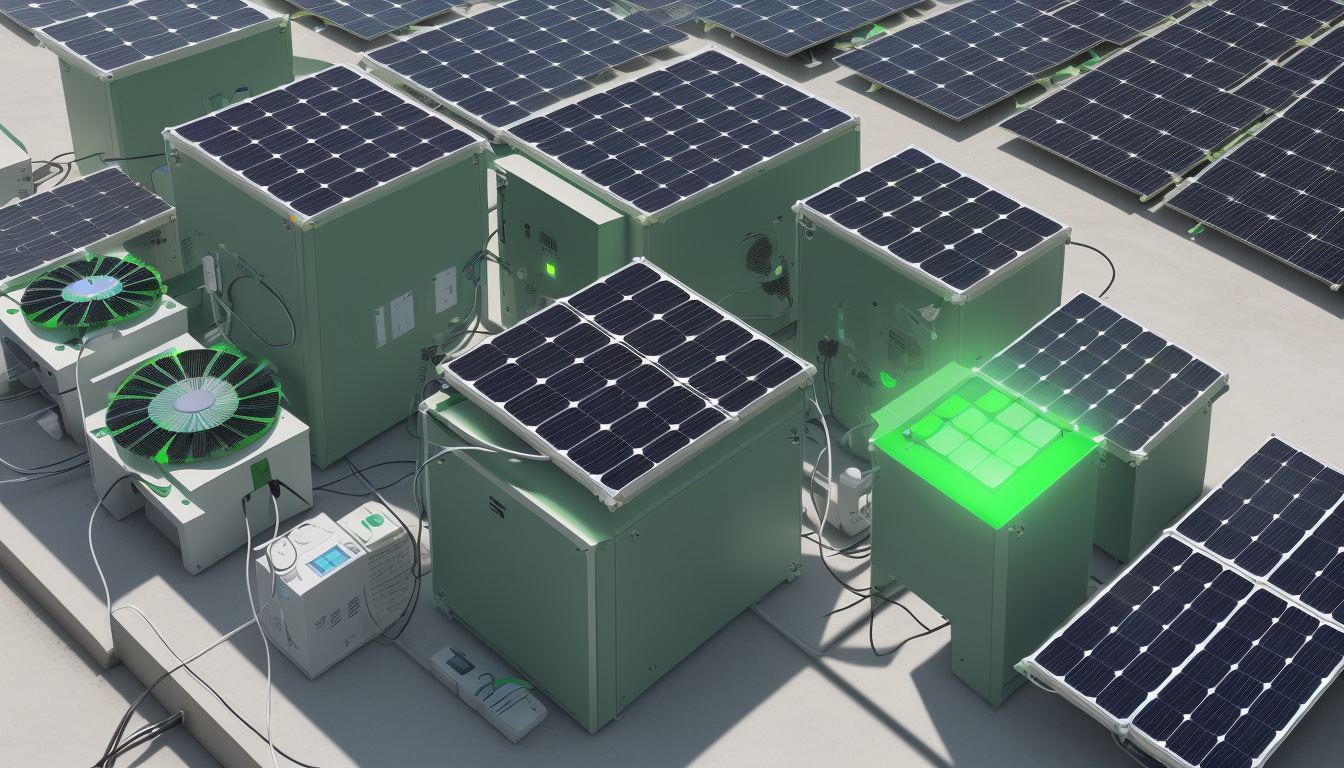Crypto mining validates transactions and logs them on a blockchain ledger.
It now competes hard.
Energy cost drives profit.
Mining uses vast electricity.
Lowering energy expense boosts return.
Understanding the Impact of Energy Costs on Crypto Mining
Mining cryptocurrencies like Bitcoin and Ethereum needs powerful hardware.
Hardware—ASICs or GPUs—runs calculations continuously.
ASICs compute; GPUs process.
Hardware draws high electricity.
Electricity, like that powering small cities, drives costs.
High bills cut mined coin rewards.
If cost per kilowatt-hour exceeds coin value, losses occur.
Choosing Locations with Low Energy Costs
Placing operations where energy is cheap saves cost.
Localities offer renewable power, incentives, and cool climates.
These factors lower expenses.
- Access renewable power: hydropower, wind, solar.
- Get government incentives: subsidies for tech.
- Enjoy cool climates: lower artificial cooling.
Hubs appear:
- Iceland – Geothermal and hydropower feed cheap energy; natural cool air aids cooling.
- China’s Sichuan Province – Hydropower flows cheaply in rainy seasons (regulation now tight).
- Texas, USA – Renewable grids expand; regulations support mining.
- Canada – Hydroelectric power drives low cost; cool air cuts extra cooling.
Low electricity rates (around $0.02–$0.03 per kWh) turn thin margins into profit.
Utilizing Renewable and Off-Peak Energy
Mining cuts energy cost with renewables.
Solar panels convert daylight into power.
Wind turbines harness gusts.
Hydropower contracts supply stable, low-priced power.

Energy providers offer off-peak tariffs.
Mining in night hours uses cheaper power.
Maximizing Hardware Efficiency
Hardware efficiency feeds profit.
Modern ASICs use less power per hash.
Regular maintenance clears dust and heat.
Overclocking settings balance speed and power use.
Efficient rigs boost return per watt.
Cooling and Infrastructure Solutions
Mining rigs heat up.
Cooling systems use extra power.
Ambient cooling finds naturally cold air.
Liquid cooling moves heat away quickly.
Heat recycling reuses waste energy in nearby systems.
Low cooling power raises net profit.
Tips for Monitoring and Reducing Energy Consumption
Operators track energy constantly.
Energy software shows each rig’s usage.
Automation shuts idle devices off.
Negotiated contracts and time-based tariffs lower bills.
New efficient tech must update operations.
FAQ – Crypto Mining and Energy Costs
Q1: How does energy cost affect crypto mining profitability?
A1: Energy powers mining rigs.
High energy cost shrinks profits; low cost expands gains.
Q2: What are the best low-cost energy options for crypto mining?
A2: Renewable sources (hydro, solar, wind, geothermal) offer low cost.
Off-peak rates and local incentives also help.
Q3: Can crypto mining be profitable with high electricity prices?
A3: Profit may drop with high cost.
Efficient hardware and off-peak use can help, yet profit falls when cost outweighs coin rewards.
Conclusion: Power Your Profits by Lowering Energy Costs
Energy cost controls mining success.
Low-cost regions, renewable fuel, efficient rigs, and smart cooling work together.
Saving power not only cuts expense; it strengthens sustainability and future growth.
Control your electricity use; boost crypto mining profit now.
Investigate low-cost power, upgrade hardware, and optimize each watt used.
For more on sustainable crypto mining, see resources from the Cambridge Bitcoin Electricity Consumption Index.










